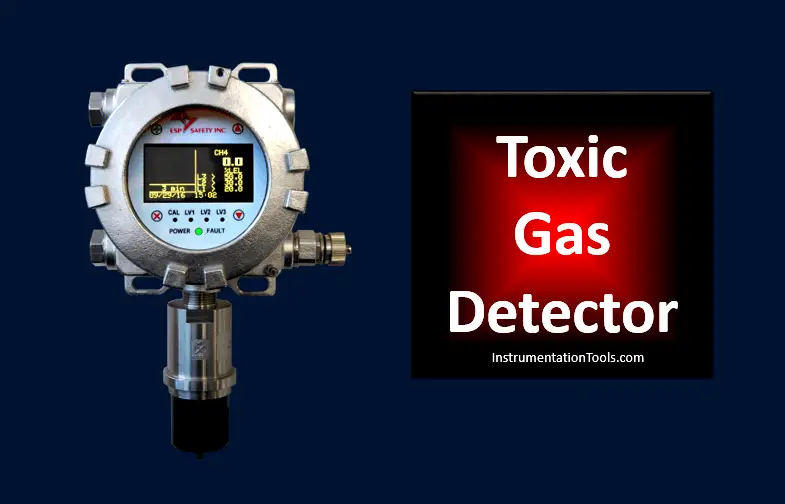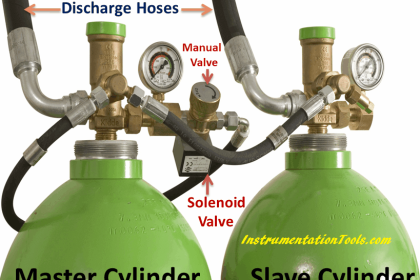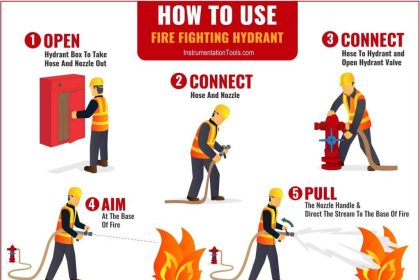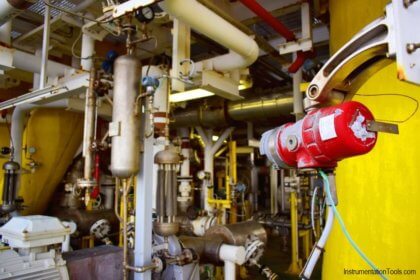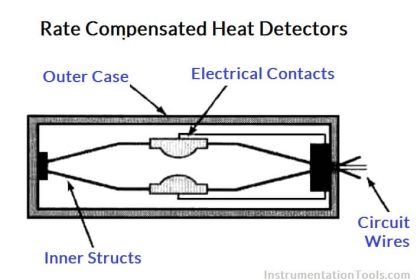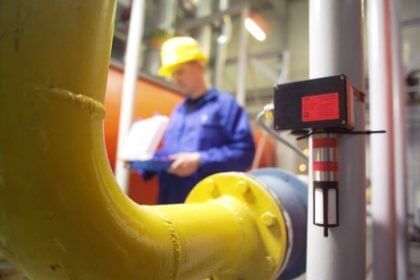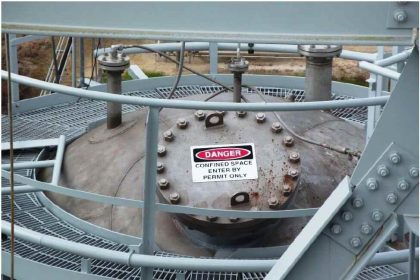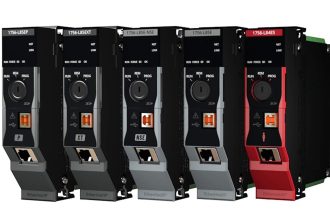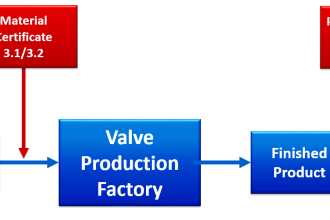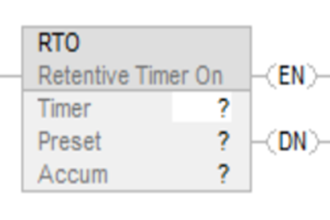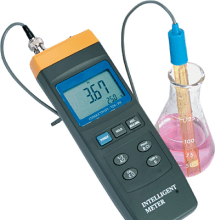The use of toxic gas detection, assuming it is required, will follow from the requirements of the risk assessment. There are various factors that should be considered when setting alarm levels on toxic gas detectors to minimize the risk of potentially dangerous exposure levels to personnel in a particular area of the workplace.
In many situations, however, discussion of these factors either does not occur at all or is extremely brief, and “default” values are typically used. While these values may well be adequate for the task required, i.e. to satisfy the risk assessment or safety case, a more thorough analysis of requirements and the actual circumstances would prove beneficial and is likely to lead to more robust risk mitigation.
Toxic Gas Detectors
The following factors relating to setting an alarm should be considered when installing any type of gas detector:
- Whether detectors should be fixed and/or whether personnel should be issued with portable, which includes personal, detectors;
- The location of the fixed detector and whether the work area is occupied or unoccupied;
- Whether the fixed detector is a point or open-path (also known as beam or line of sight detectors) detector;
- Whether egress is difficult and/or time-consuming or there is an emergency;
- Whether WELs, other Exposure Limit values or other health-based levels (e.g. IDLH) exist;
- Instantaneous or TWA alarm;
- Background variations and events from the process, which may trigger “spurious”
- alarms
- False alarms caused by instrumental effects and interferent gases, which may also be
- classified as spurious;
- The characteristics of the source(s) and the potential rate of gas build-up;
- Time to the alarm of the detection system;
- Number of alarm levels (e.g. high and low levels);
- The mixture of gases/vapors.
Read Next:
- Gas Detector Calibration
- Portable Gas Detectors
- Addressable Fire Panel
- Fire and Gas Detectors MCQ
- Basics of Gas Monitoring
